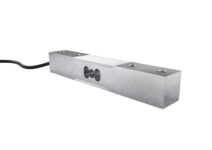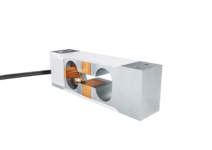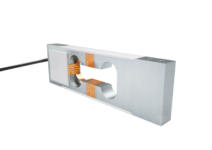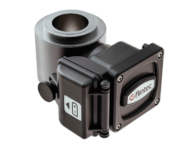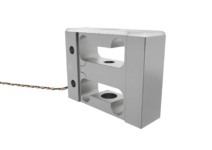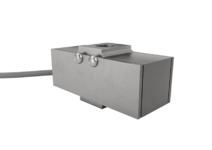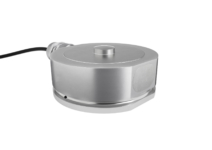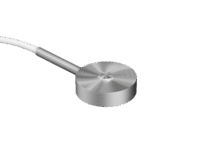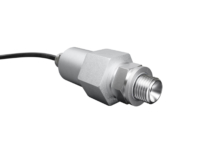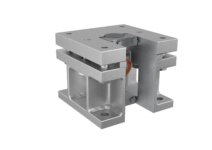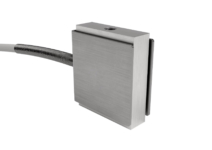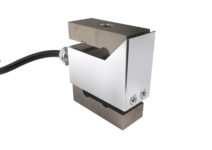What is a tension load cell, and how does it work?
A tension load cell is one of the major categories or types of load cell commonly found within the weighing industry. Other types include, for example; compression, beam and single-point. Tension load cells, as their name suggests, are predominantly used for measuring tension or pulling force. Many can also measure compression too, which makes them very versatile due to having bi-directional sensitivity.
Tension load cells are often referred to as ‘S-type’ load cells due to their shape. They feature an upper and lower arm that help align the mounting points to the central axis, which is essential in suspended applications.

Working principle
Tension load cells, like all other modern load cells, are essentially transducers that convert force or weight into an electrical signal by way of strain gauges. When experiencing a load, the main body of the load cell deforms slightly. The strain gauges, which are firmly bonded to the load cell body also distort in kind, altering their electrical resistance. This generates a voltage signal that is proportional to the initial force or weight.
Design
Tension load cells are designed to suit applications that involve suspended weights. As such, they often need to sit in-line with the dependent object, typically integrated into the supporting apparatus. The ‘S’ or ‘Z’ shape of these load cells is because of this requirement. Both the upper and lower limbs ensure that the mounting holes are in-line with the central axis.
In many ways, these are specialised beam load cells. The central bar acts in just the same way as a beam load cell does, with strain gauges positioned to either detect bending or shear strain. The difference is that there is no fixed end to cantilever against. With conventional beam load cells, one end is typically fixed to a base, and the load is introduced on the other ‘ free’ end, much like a diving board. In an S-type tension cell, neither end is fixed, but rather one end is connected via the upper arm to the apparatus above, and the other end is connected via the lower arm to the apparatus below.
When the load cell is experiencing tension, there is a pull up on one side of the central bar, and an equal pull down on the other end of the central bar. The differential across the central bar causes the deformation which is picked up b the strain gauges.
Flintec Products
Flintec has a number of tension load cells available for purchase, accommodating both large and small volume orders. All of our products are entirely manufactured by us, ensuring high-quality materials and excellent build quality. Should you need something unique, we can help you with a custom solution. We can offer several services, including mechanical design, electrical and software development, testing and calibration, regulatory and certification governance, up to fully project managed projects. Contact us to find out more about how we can help.
Flintec tension load cells



















